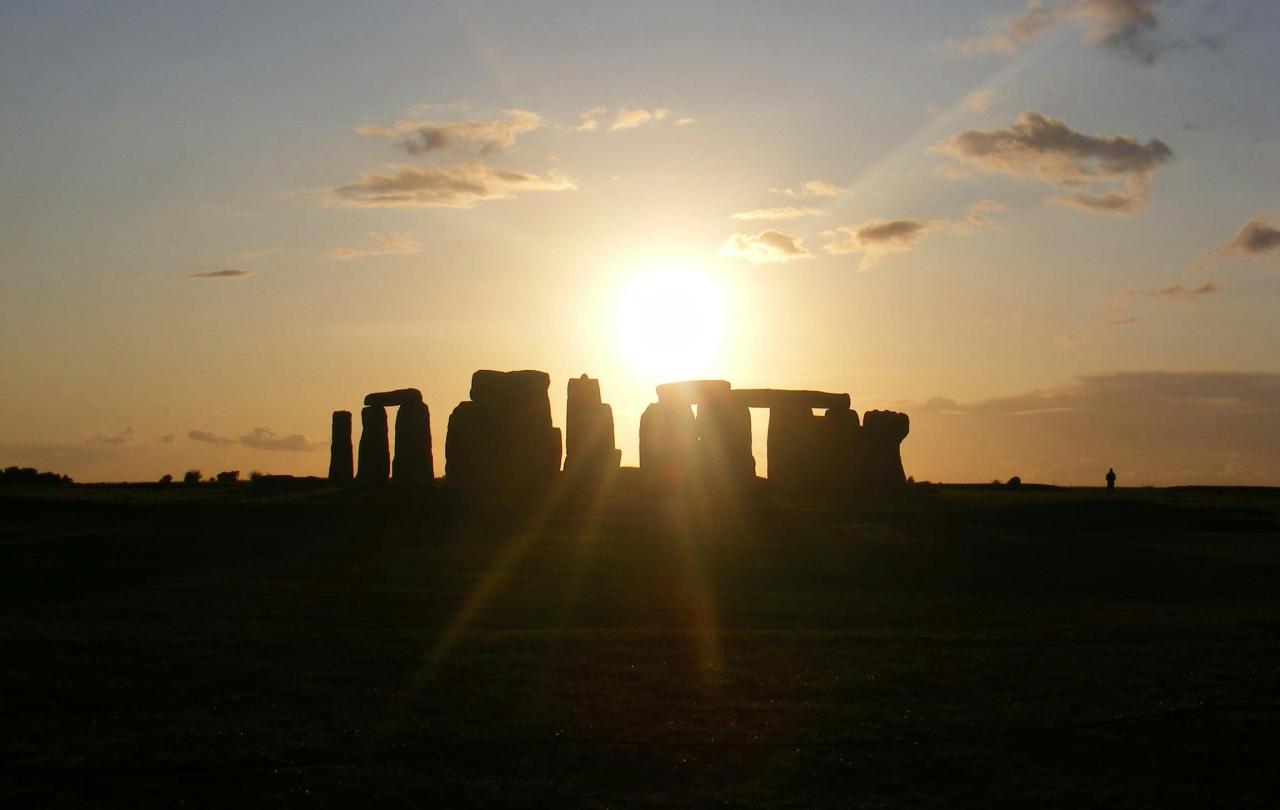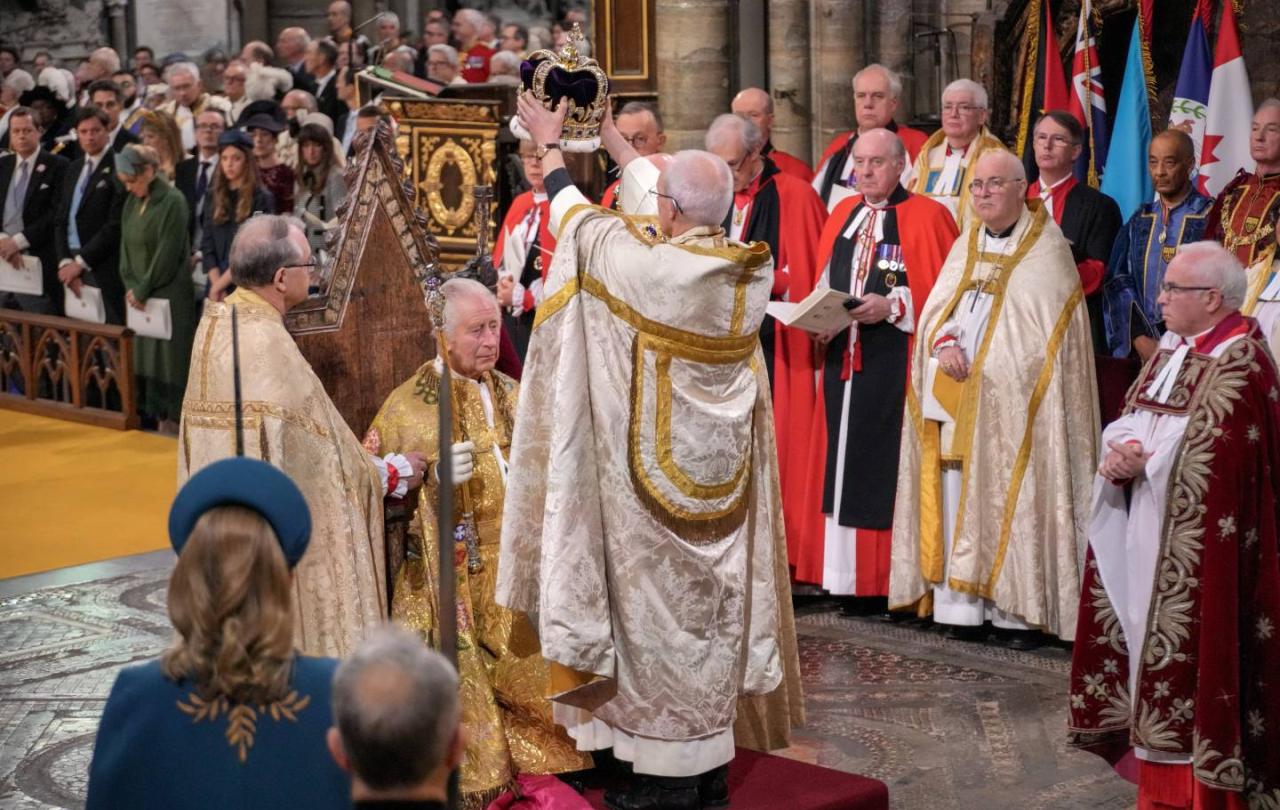
At the spring equinox, we appreciate and talk about the arrival of light in the northern hemisphere. For a brief moment, the Earth’s axis is tilted neither away from or toward the sun, and day and night are roughly equal length – ‘equinox’ is Latin for ‘equal night’. From here, we enter astronomical spring.
But it is not entirely accurate to talk about this being the moment when the darkness is finally diminished. That moment is the ‘equilux’ – equal light – and it happens a few days before the equinox, its date varying with latitude. Because the sun appears as a disc in the sky, the top half rises above the horizon before its centre does, which – when coupled with light being refracted by the Earth’s atmosphere – gives extra daylight. By the time of the equinox, and depending on your latitude, we already have 12 hours and 10 minutes of daylight. It is not much, but it is enough perhaps to read a few pages of a book without an artificial light, or to have “just one more” kick of a ball outside, as my daughter has learned to say.
There is beauty in the idea that for a brief moment during the equinox, we are all experiencing the same light and dark. But it is not true. At any particular moment, some of us experience more darkness than others, and some of us receive more light than we think.
Whenever its moment of arrival, though, the light will arrive. It always has, since the world was set spinning and tilting in space. We have always found ourselves poised at the threshold between the long dark of winter and the gathering light of summer. It is a threshold that is embedded in creation itself; all of life must in one way or another face the work, the inevitability, the challenge of transformation. This threshold is echoed through our own lives too – in the in-between spaces where one thing is ending, but the next has not yet fully begun. There are personal thresholds: a change in career, a birth, a loss. And there are collective ones: times in history when the old ways no longer work and we strain toward something new, unsure of how to get there.
Ancient people marked the equinox with purpose and care, watching for the moment the sun rose in the east and set in the west. At places like Stonehenge, huge stones were arranged to capture the exact angle of equinoctial light, as if the builders knew this threshold was something worth marking. Recently, archaeologists have suggested that Stonehenge was built not just for religious reasons, but for unification too: its stones come from Cornwall and Wales and Scotland – from all parts of the land. Their slow journey to their resting site on Salisbury plain would have been a chance for celebration and feasting, with thousands of people joining in along the way. It was a journey that would have brought together different people, including groups that had migrated from modern day Europe. Gathering light was a shared effort, and one worth celebrating.
For the early Celtic world, the equinox was a hinge between Imbolc, the season of early stirrings, and Beltane, the riot of summer. It was a time for reckoning and renewal – counting what food remained after winter, deciding what animals to keep or cull, what seeds to plant. To live well meant paying attention to the balance between what had been and what was to come. Lately, I have realised that it is not change itself that feels hard so much as not knowing the nature of the change that I, that we, will be called to. My young daughter has brought this into sharp focus. On the days when the dark feels relentless and the light seems distant, I find myself fearing for her future. I think of those Celtic people; the way they did not know the future but prepared for it anyway, perhaps in their rituals asking, how do the past and the future speak to each other at this moment, who are we, who might we become?
Even if we long to cling to what is familiar, the familiar will eventually change. Easter, and the equinox, are not just about light triumphing over darkness, but about transformation.
In a world where crisis seems to be following crisis, it is easy to feel that everything is tipping off balance. The equinox suggests though that equilibrium has never been static, and balance has only ever been fleeting, a transition between states of being. It is a moment of poised readiness, a preparation for movement. The world will keep tilting and tipping as it always has, and we will keep changing as we always have.
In the Jewish calendar, the equinox often falls near Passover, the great festival of liberation. The story of the Exodus is a story of transition – of leaving behind what enslaves us even when the road ahead is unknown. The Israelites did not step from captivity into freedom overnight. They wandered, and wrestled with doubt, and longed for the certainty of their old lives even as they were being offered something new. Thresholds are rarely comfortable.
I find myself at a threshold now: I am trying to shape a life that has reformed around motherhood, with past roles and jobs behind me, and the new identities yet to fully clarify. I have been feeling the truth of farmer-author Wendell Berry’s idea that "it may be that when we no longer know what to do, we have come to our real work." This real work has been stimulating but also confronting, as thresholds often are.
If we are, as many believe, living through a threshold moment in history – where old systems are failing, where climate and conflict threaten the future – how do we walk forward? How do we resist the temptation to cling to what is familiar, even when it no longer serves us? Easter falls just after the equinox. Shoots push through soil, lambs stumble into life, a chorus of birdsong swells, and we remember that nature is all resurrection. Even if we long to cling to what is familiar, the familiar will eventually change. Easter, and the equinox, are not just about light triumphing over darkness, but about transformation. Jesus did not return from the tomb unchanged; he was made new, unrecognisable at first, even to his closest friends.
The balance of light and dark is fleeting; it does not last; a threshold is not a place to linger. The world is always moving towards light, or toward dark, but always through change, and so are we. Balance is not an end in itself; it is a preparation for change. Perhaps these tilting points of the year are good moments to ask who we are becoming, and what kind of world we want to build, and how we will bear witness to the light, but also to the dark, as we do so.
This equinox, then, we will turn and face the coming light, but perhaps too we might turn and notice the faces that the light shines on – or doesn’t. Virginia Woolf reminds us that "A light here required a shadow there." When the light comes, darkness will too. These turning points of the year are an opportunity to sit in the truth of that, to appreciate the hope and the beauty of this spring threshold, but also to get to work. We can reach out to those who are experiencing more darkness than us, help build the world in such a way that draws attention to the light like the makers of Stonehenge did, take stock of what has been and who we are becoming, step away from what enslaves us even if we are not yet sure of the shape of freedom.
We cannot know what will happen next, but we can choose how to move forward. I wonder about those ancient people who somehow moved huge stones weighing up to 30 tons to Stonehenge; I wonder what they saw as they moved through the land, when they looked to the horizon, when they stood in the tension of their own now. They carried not just the weight of stone, but of their own unknowable future. Those ancient people persisted and celebrated and became us, passing on their burden, passing on their particular stone-bound, collectively built way of focusing the light. This equinox, I am thinking about how I can do the same – despite and because of the darkness, despite and because of the unknown path ahead.
Celebrate our 2nd birthday!
Since March 2023, our readers have enjoyed over 1,000 articles. All for free. This is made possible through the generosity of our amazing community of supporters.
If you’re enjoying Seen & Unseen, would you consider making a gift towards our work?
Do so by joining Behind The Seen. Alongside other benefits, you’ll receive an extra fortnightly email from me sharing my reading and reflections on the ideas that are shaping our times.
Graham Tomlin
Editor-in-Chief





